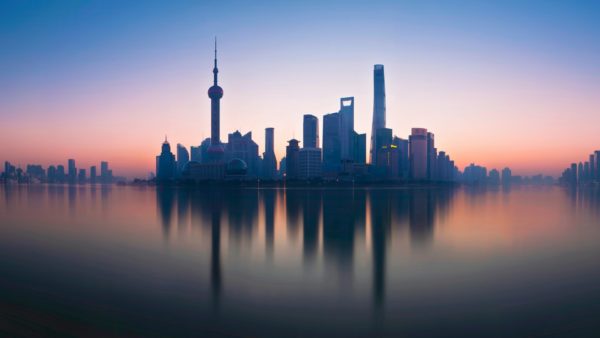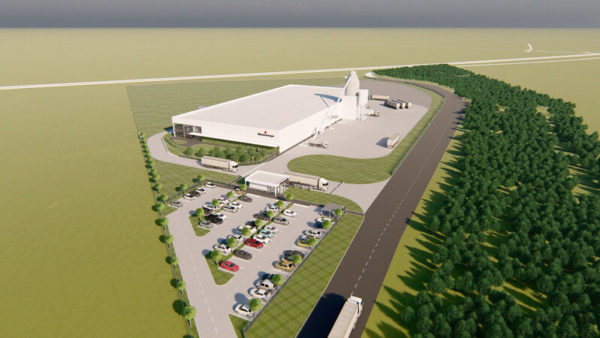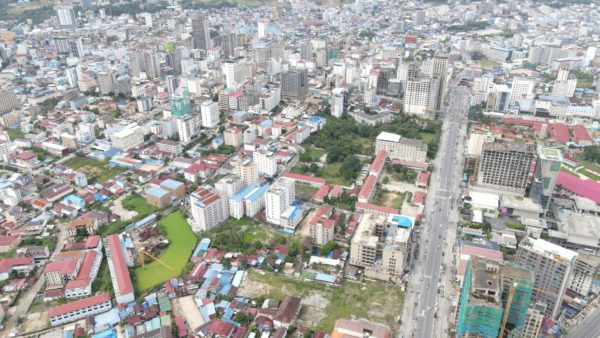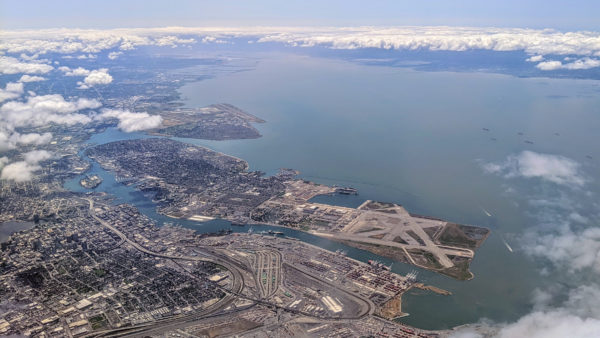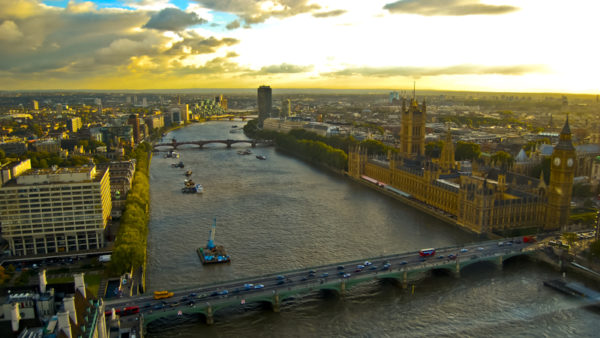The Spanish and Chinese consortiums who were bidding against each other to build the Democratic Republic of Congo’s (DRC) Inga 3 hydroelectric dam on the Congo River have now submitted a joint bid and work will begin this year, the client’s representative has said.
Costing an estimated $13.9bn, the vast scheme would nearly triple DRC’s generating capacity, power its mining industry, and supply South Africa as well.
Last June the DRC asked the consortiums – one led by Spanish giant ACS and the other comprising Chinese heavyweights Three Gorges and Sinohydro – to merge to "optimise" their bids.
"Our aim is to start Inga this year," Bruno Kapandji, director of the Agency for the Development and Promotion of the Grand Inga Project (ADPI), told a conference in the Congolese town of Lubumbashi yesterday, Bloomberg reports.
He continued: "The two consortiums have given us a document in which they committed to creating a single consortium. We are in the process of preparing, discussing and negotiating the exclusive collaboration contract which will allow the single candidate to go to the market to find the financing."
The two teams are Pro Inga, led by ACS and Eurofinsa, both based in Madrid, and Chine d’Inga, led by China’s two largest hydropower companies, Three Gorges Corporation and Sinohydro.
Inga 3 Basse-Chute Project will be the DRC’s third dam on the Inga Falls complex. It is expected to produce 11GW of electricity, almost triple the country’s present installed generating capacity.
The project has been under discussion for decades, but has been repeatedly delayed by political instability and lack of funding.
In 2016 it seemed that the plans had fallen through again following an announcement by the World Bank that it had "suspended disbursements" following the Congolese government’s decision to take the project in a "different strategic direction to that agreed between the World Bank and the government in 2014".
Usually, such a withdrawal of support by the World Bank makes it all but impossible to obtain finance for construction schemes from capital markets.
The building of the dam is considered vital for the electrification of Kinshasa, the development of the DRC’s mining sector, and the earning of foreign currency from exported power – a deal was struck with South Africa in 2013 to transmit 2.5GW.
The plant would form part of a larger Grand Inga hydropower complex spanning part of the Congo River and produce as much as 50GW when complete.
Eleven teams expressed interest in the scheme when it was announced in 2010. Of the three that submitted bids, a South Korean consortium made up of Posco and Daewoo in partnership with Canada’s SNC-Lavalin withdrew in March 2016.
The Inga Falls is unique because it allows hydropower dams to be built near the mouth of the principal river of a continental basin. Usually dams can only be built in upriver locations, where the valley is narrower. About 42 million tonnes of water flow through the lower Congo every second, the second greatest volume after the Amazon.
Image: The Inga Falls on the lower Congo: the best hydroelectric site on Earth (Alchetron/Creative Commons)
Further reading:





